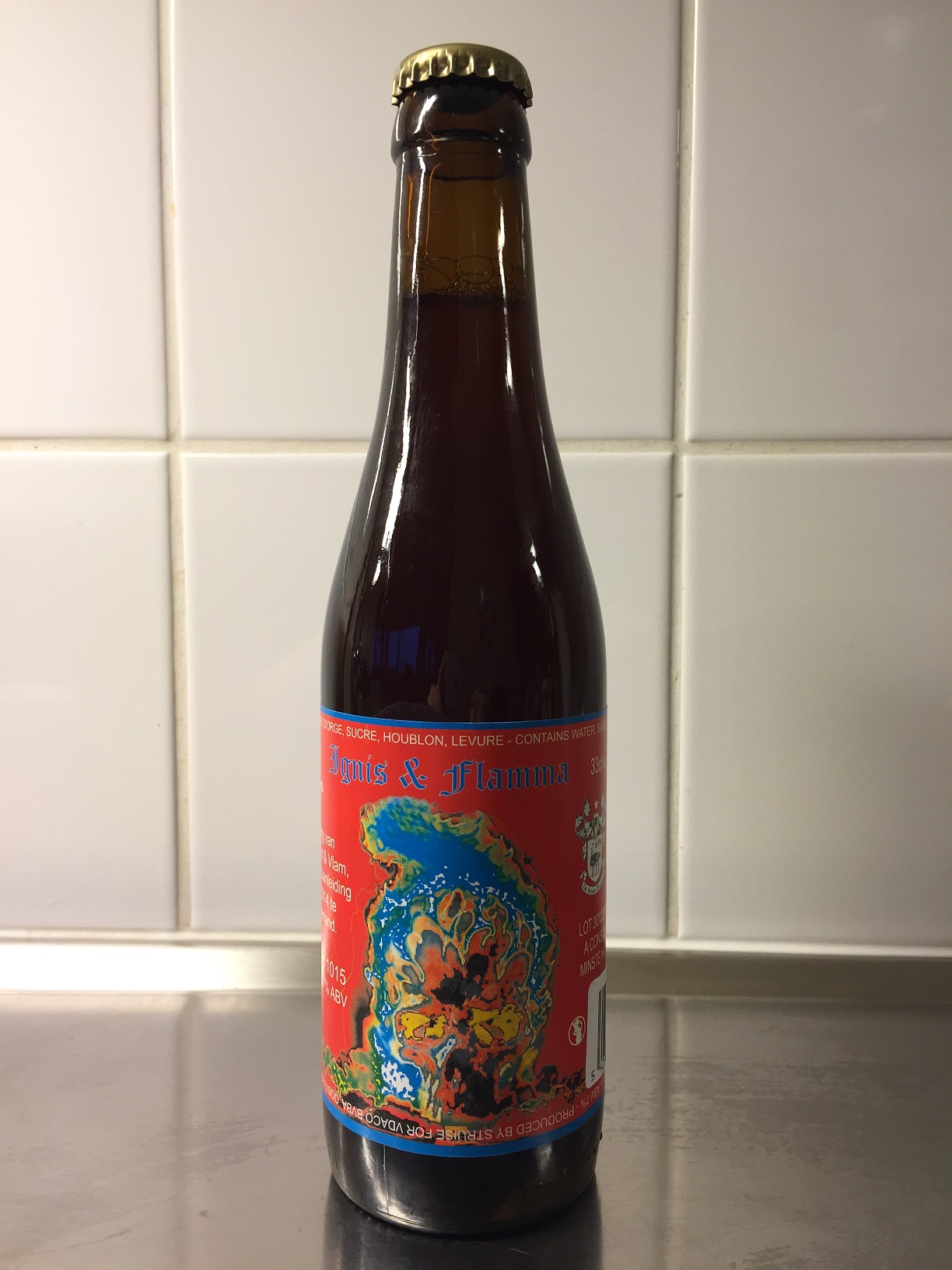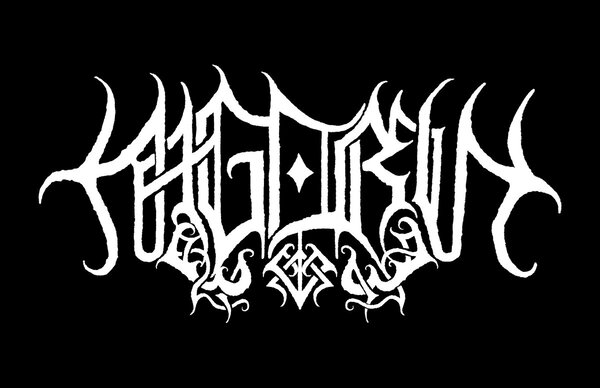

Sevdalinkas were traditionally performed with a saz, a Turkish string instrument, which was later replaced by the accordion. Probably the most distinctive and identifiably Bosnian of music, Sevdalinka is a kind of emotional, melancholic folk song that often describes sad subjects such as love and loss, the death of a dear person or heartbreak.


Songs are performed preferably in a diphthong, the first and second voice which is a special secret performance of this music and some performers sing in troglasju as they do Kalesijski triple that was recorded in 1968, as the first written record of the tone on the album, along with Higurashi no naku. With its entirely new form of modernity, it is most common in the Tuzla Canton and the cradle of this music city Živinice was named Bosnian town of original music. Studio Kemix firm Dzemal Dzihanovic from Živinice together with his artists brought this kind of music to perfection at the end 20th century. In Kalesija it's maintained each year with the Bosnian Festival Original music. This kind of music was enjoyed by all three peoples in Bosnia, Bosniaks, Croats and Serbs, and it contributed a lot to reconcile people socializing, entertainment and other organizations through festivala. Again, it became the leader of First World War onwards, as well as 60 years in the field Sprecanski doline. In this part of Bosnia it is the most common. It is thought to be brought from Persia-Kalesi tribe that settled in the area of present Sprecanski valleys and hence probably the name Kalesija. Self-taught people, mostly in two or three members of the different choices of old instruments, mostly in the violin, sacking, saz, drums, flutes (zurle) or wooden flute, as others have already called, the original performers of Bosnian music that can not be written notes, transmitted by ear from generation to generation, family is usually hereditary. This is the third oldest music following after the sevdalinka and ilahija. These bands first appeared around World War I and became popular in the 1960s. It is usually performed by singers with two violinists and a šargija player. There are also Bosnian folk songs in the Ladino language, derived from the area's Jewish population.īosnian roots music came from Middle Bosnia, Posavina, the Drina valley and Kalesija. The gusle, an instrument found throughout the Balkans, is also used to accompany ancient Slavic epic poems. (5) A.R.O.A.Rural folk traditions in Bosnia and Herzegovina include the shouted, polyphonic ganga and "ravne pjesme" ( flat song) styles, as well as instruments like a droneless bagpipe, wooden flute and šargija. (1) (.) (4) (0) (1) (Dolch) (4) (The True) Veiled (1) (V.E.G.A.) (3) ۞ (1) ◊ (1) 〇 (2) 1000 Funerals (2) 13 Winters (2) 1349 (9) 13th Moon (6) 13th Temple (2) 1476 (1) 1879 (1) 1914 (1) 78424325 (1) 9 Beds (1) A Cloud Forest (2) A Cloud in Circle (8) A Diadem of Dead Stars (2) A Different Cloud (1) A Forest (6) A Forest of Stars (6) A God Or An Other (1) A Light In The Dark (3) A Monumental Black Statue (8) A Portrait Of Flesh And Blood (1) A Pregnant Light (4) A Premonition (1) A Ravens Forest (1) À Répit (1) A Transylvanian Funeral (6) A Tree (1) A Winter Lost (2) A:S: (2) A.H.P.


 0 kommentar(er)
0 kommentar(er)
